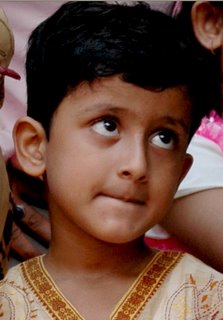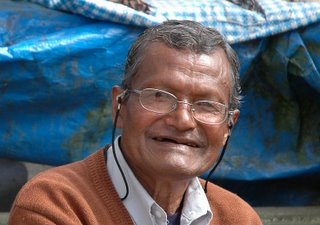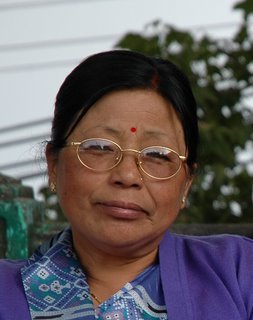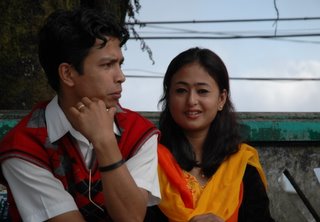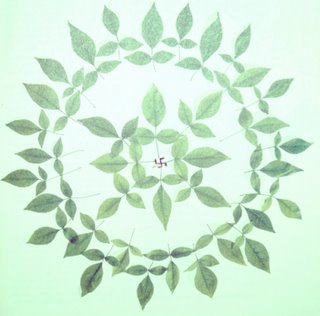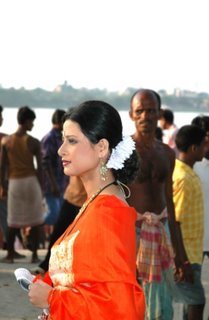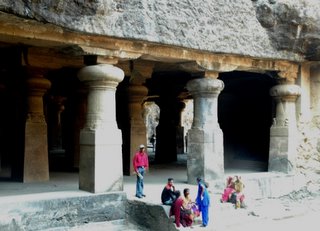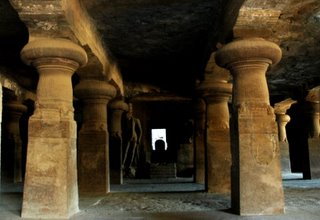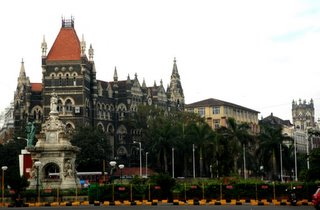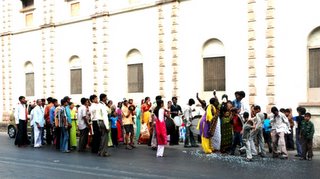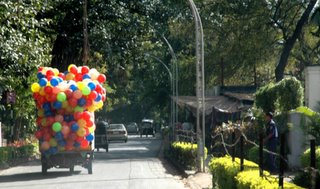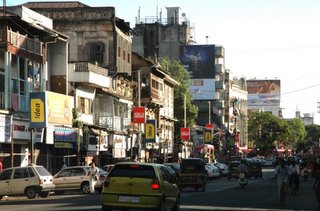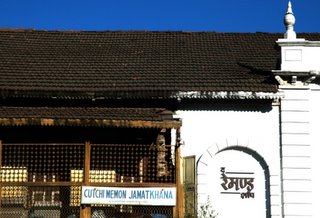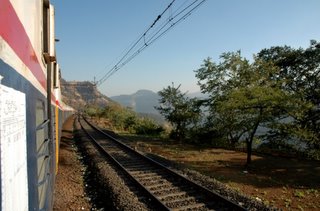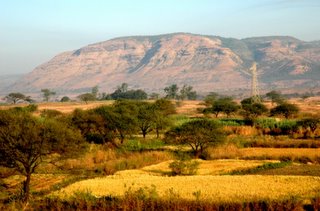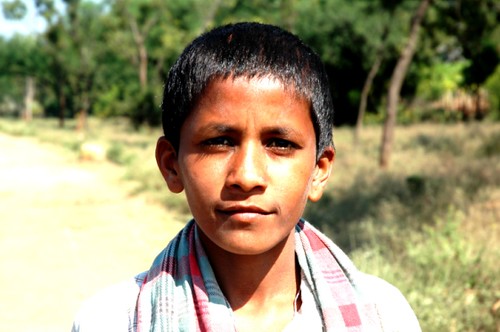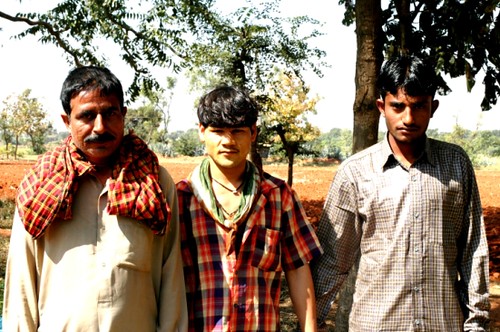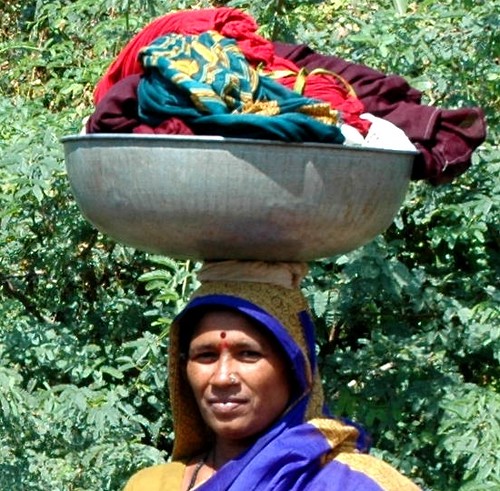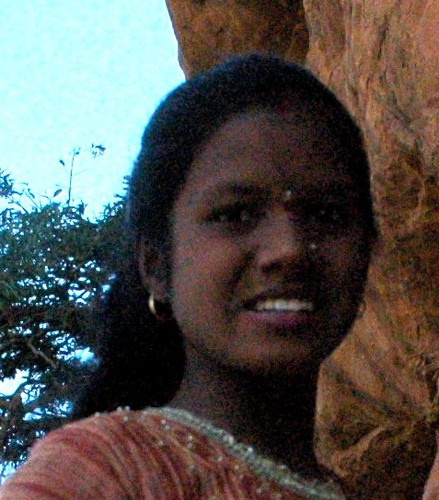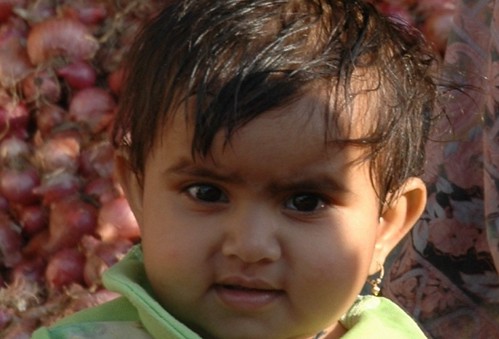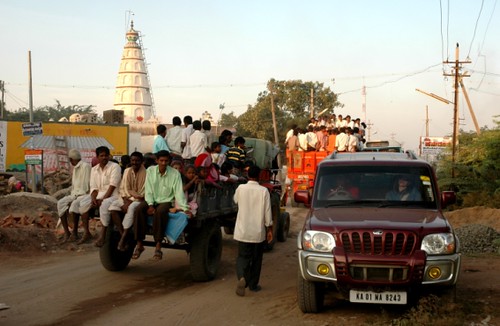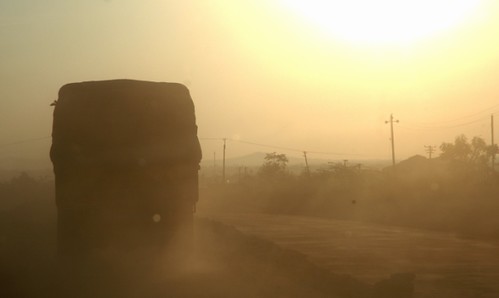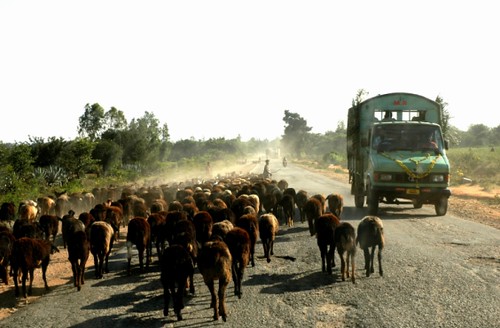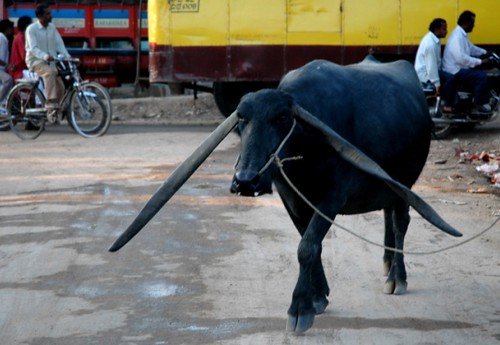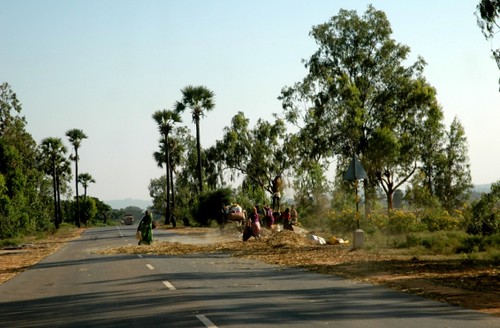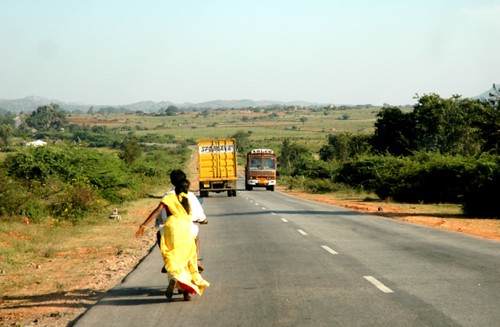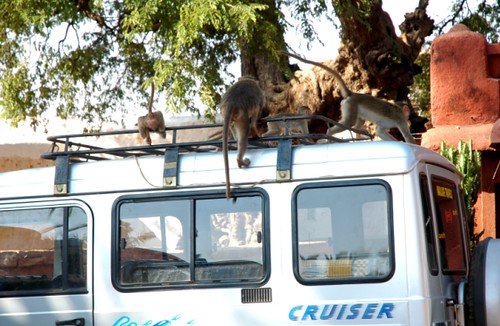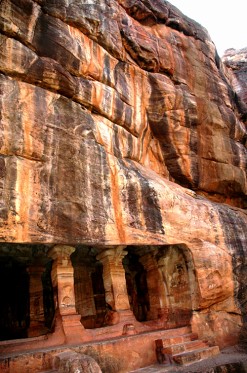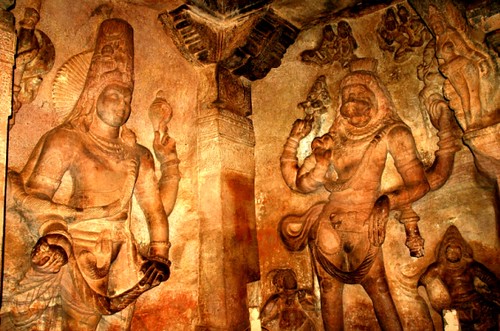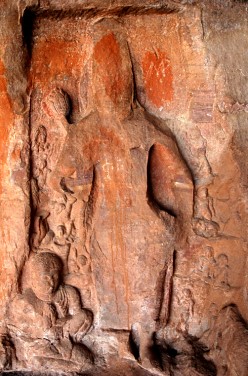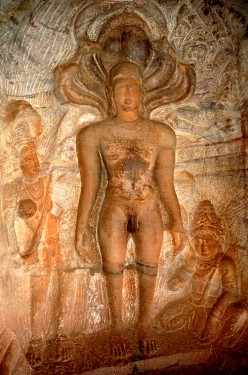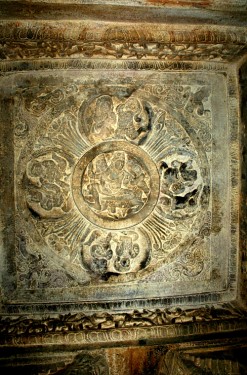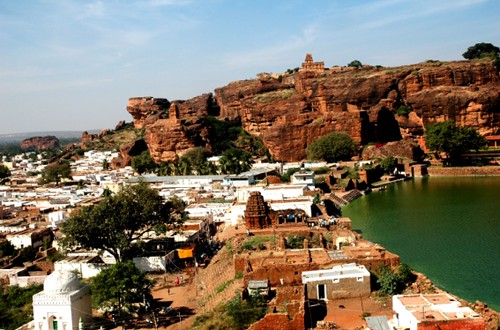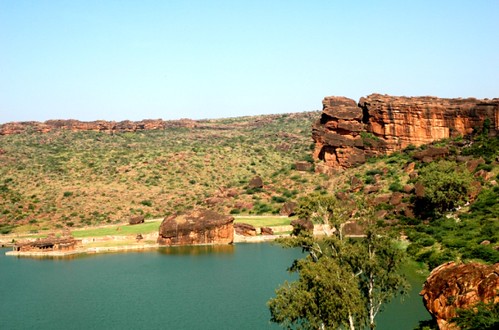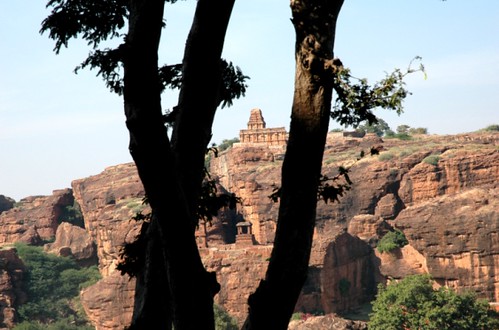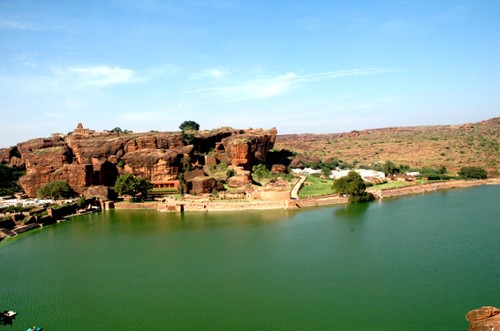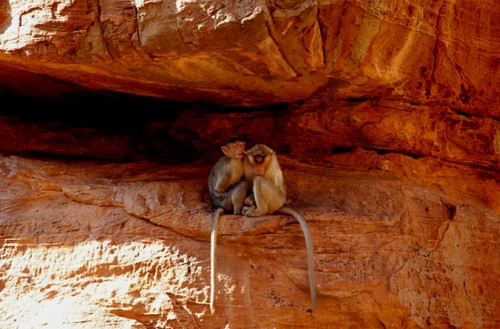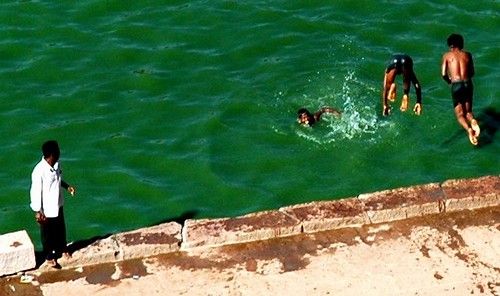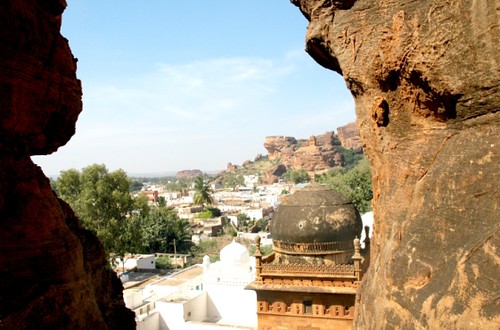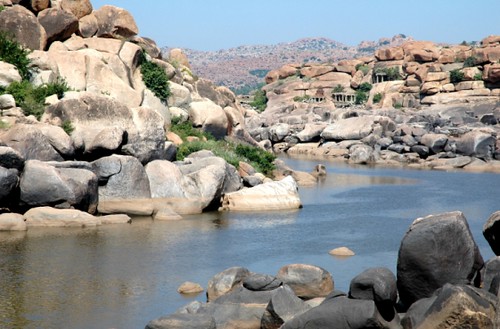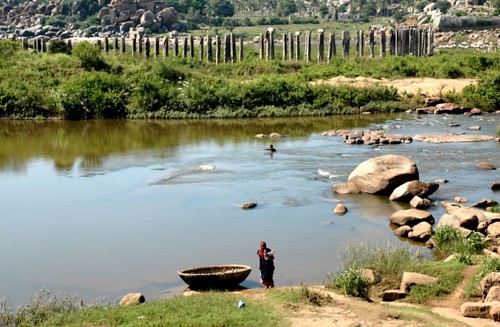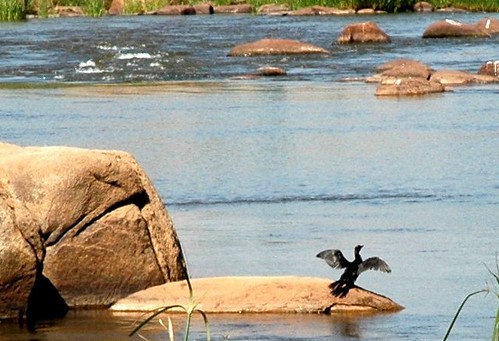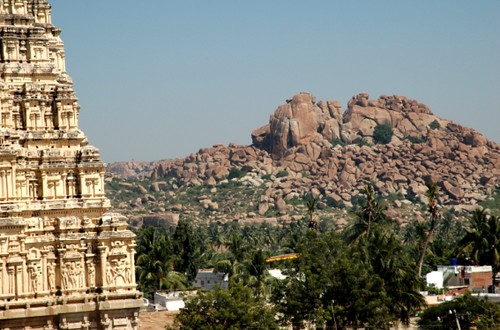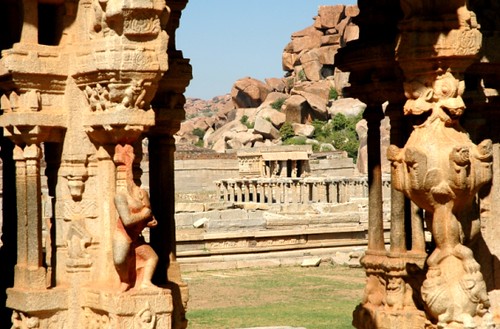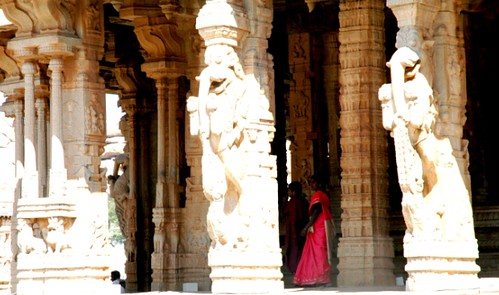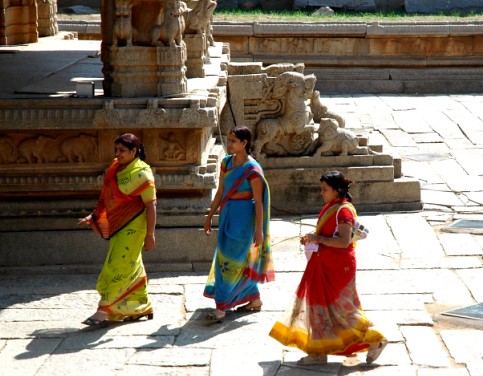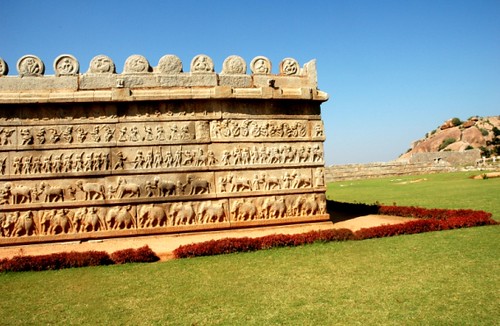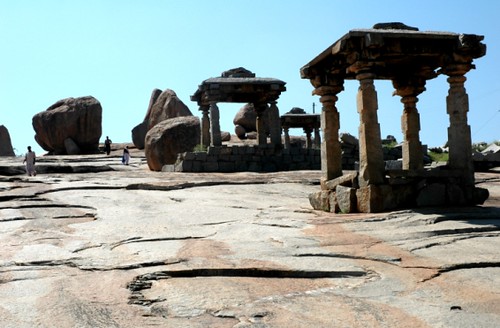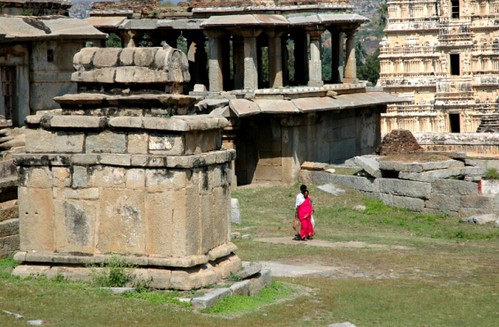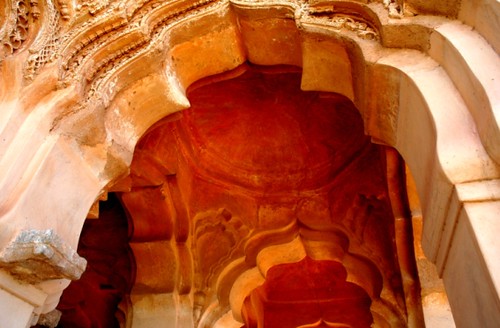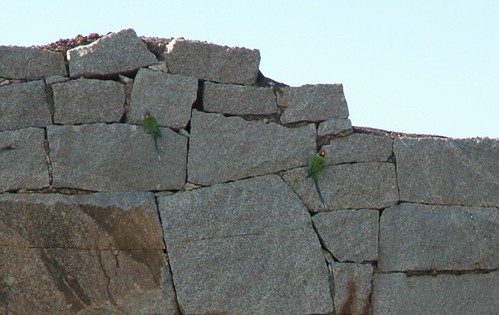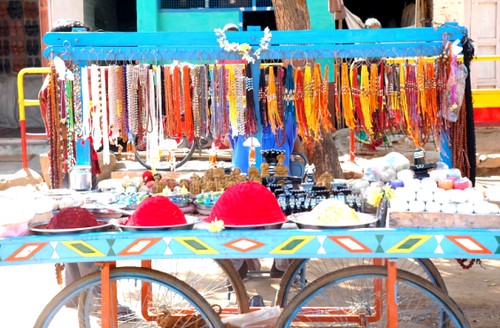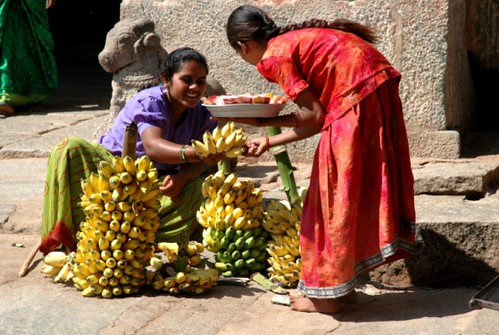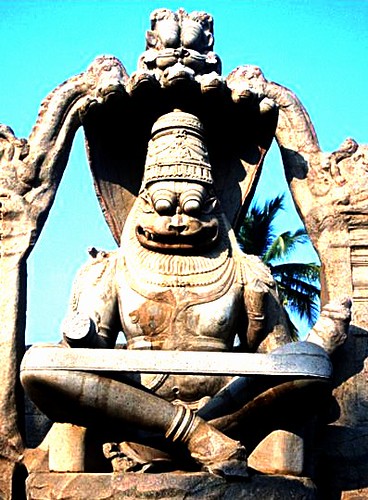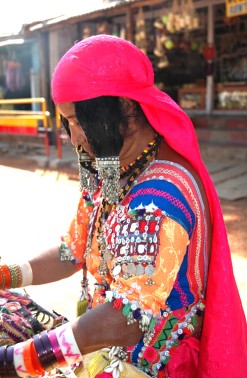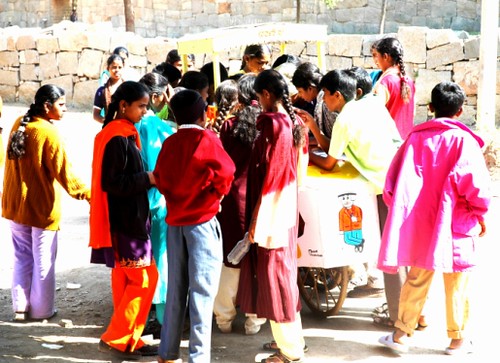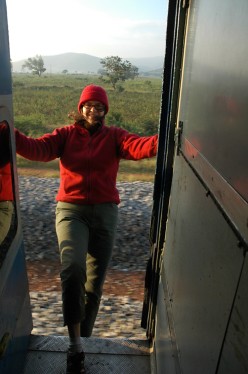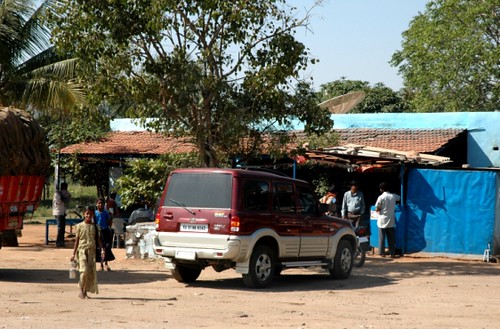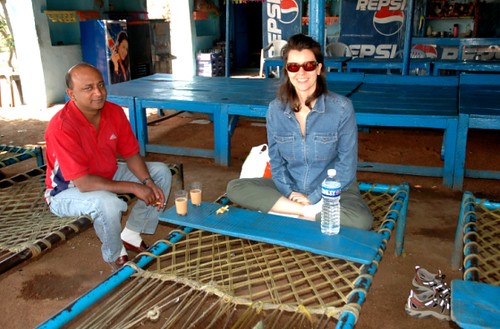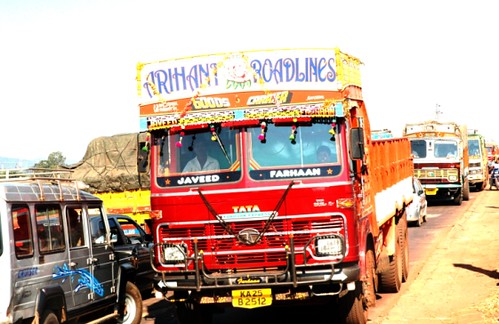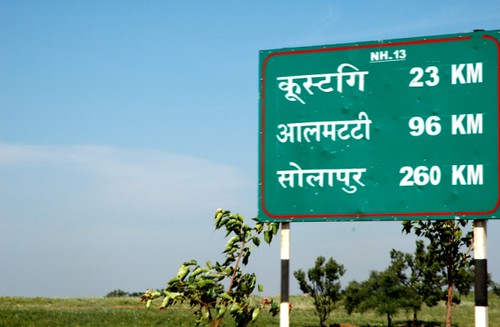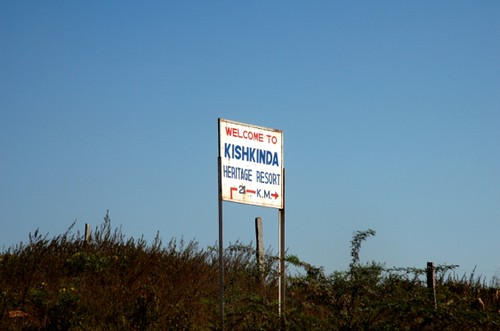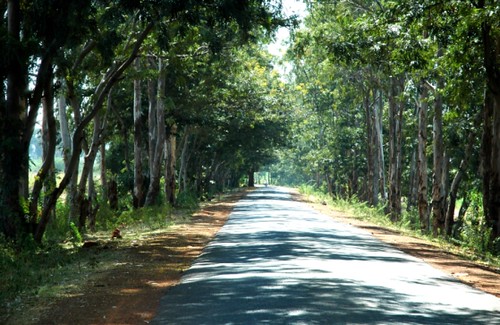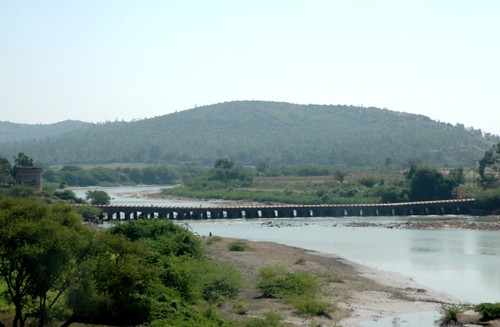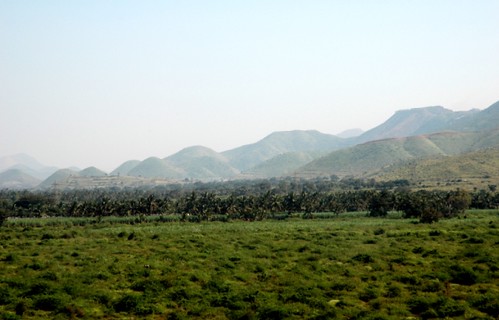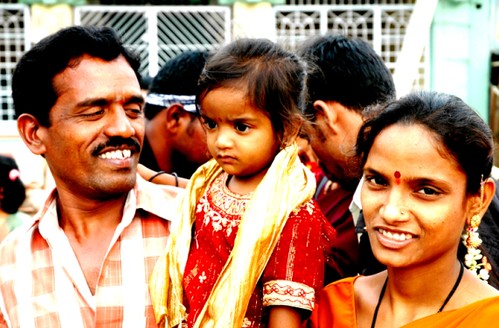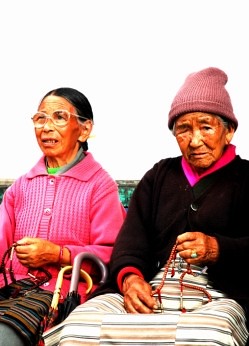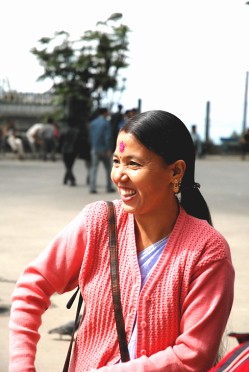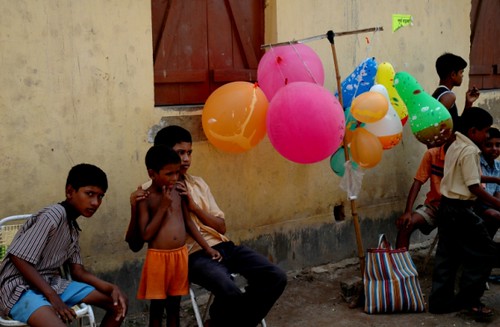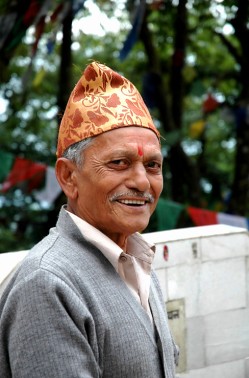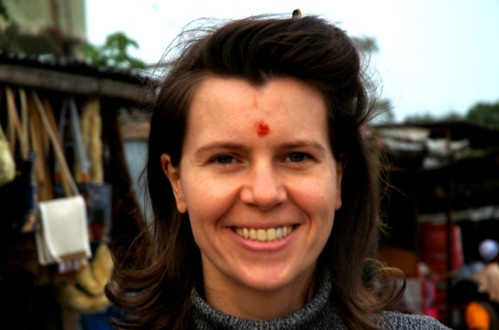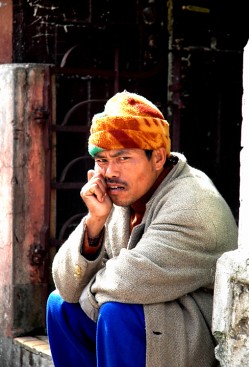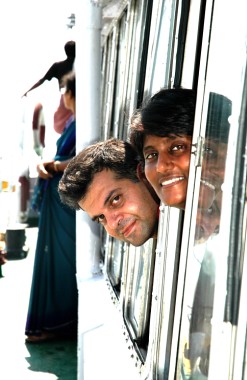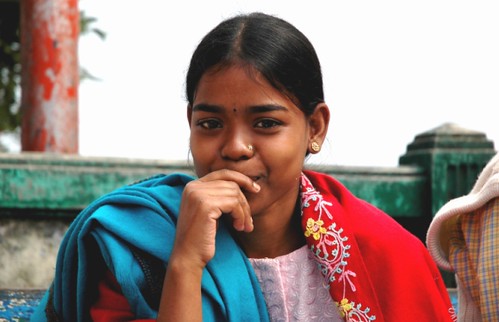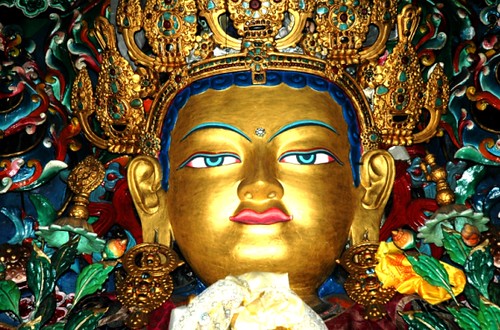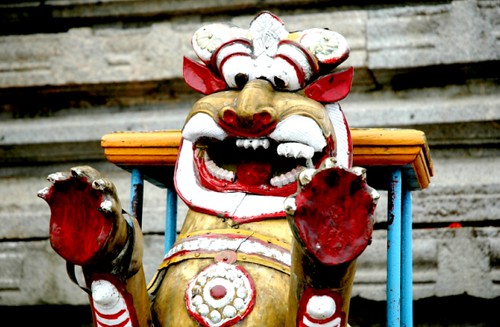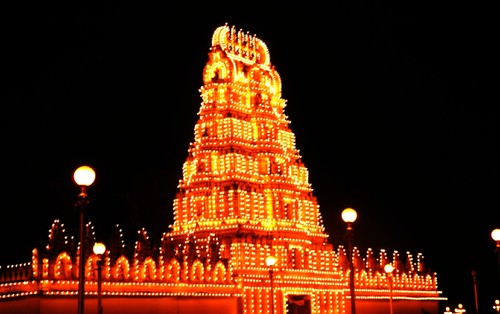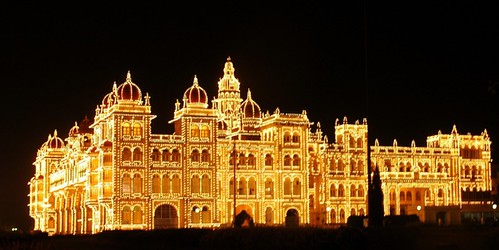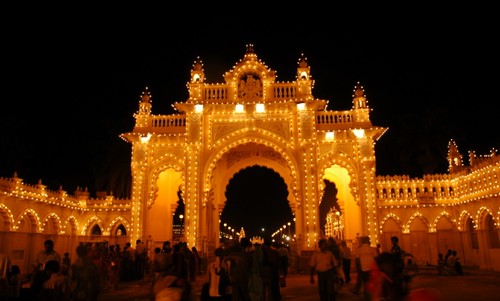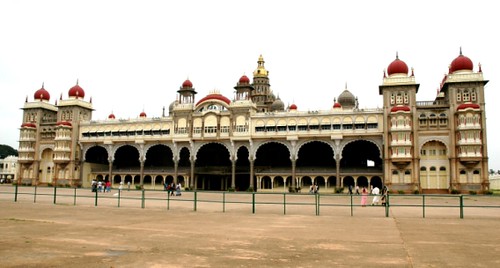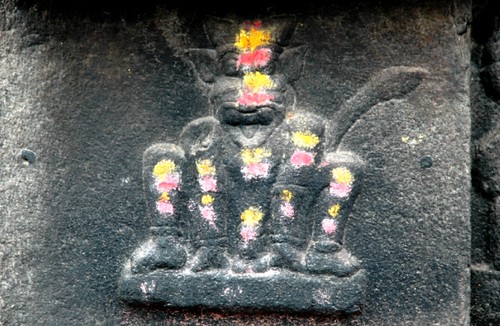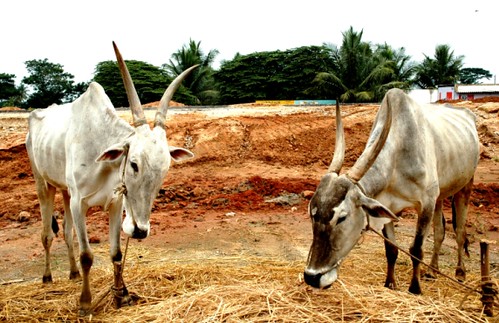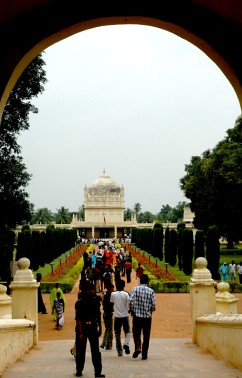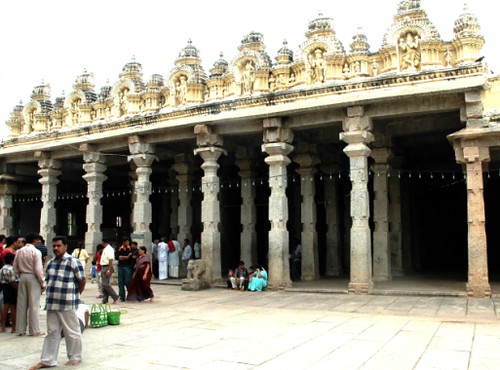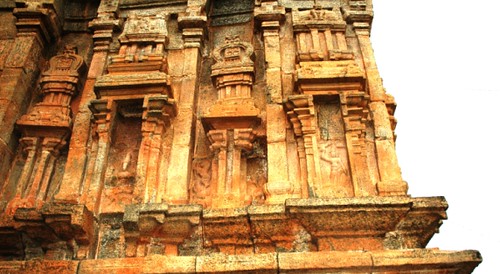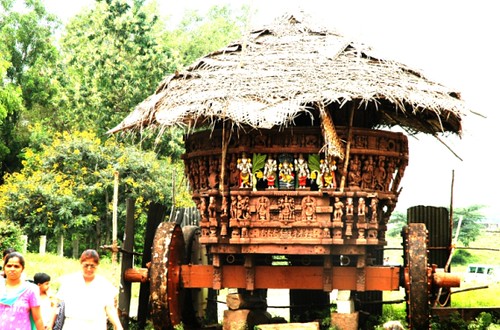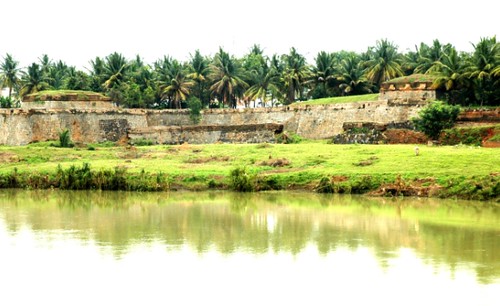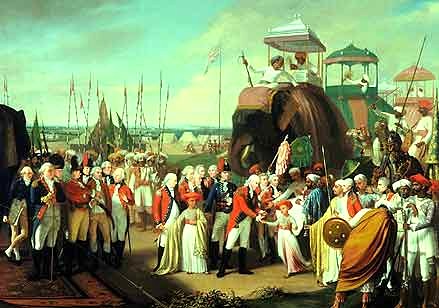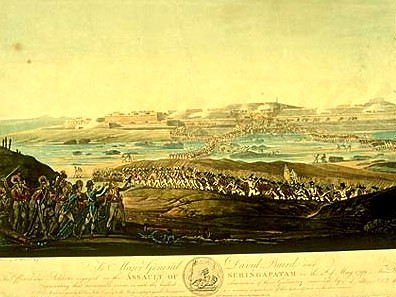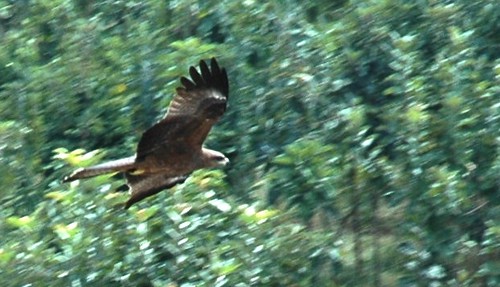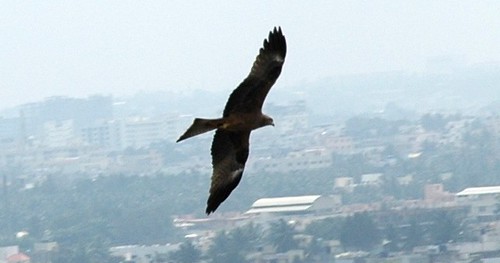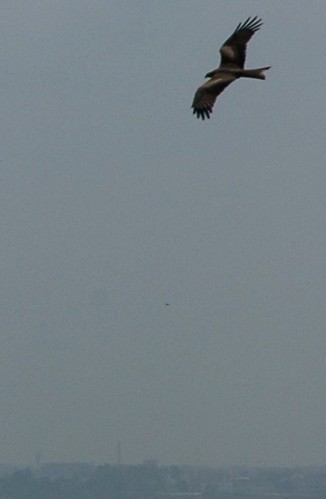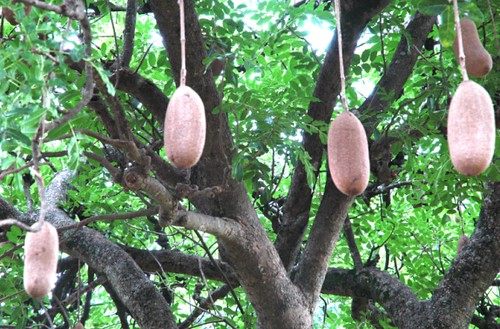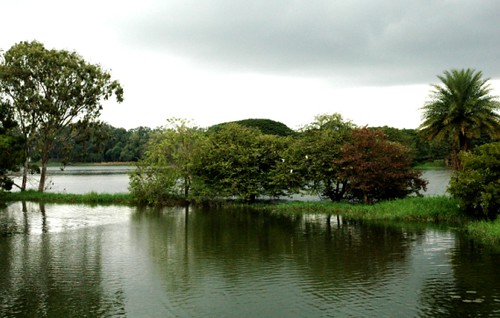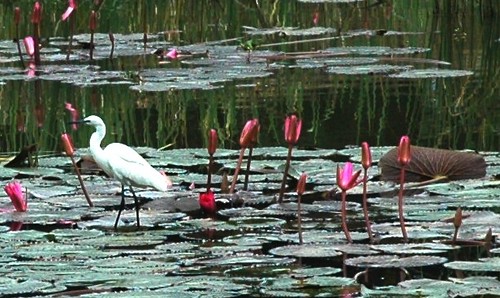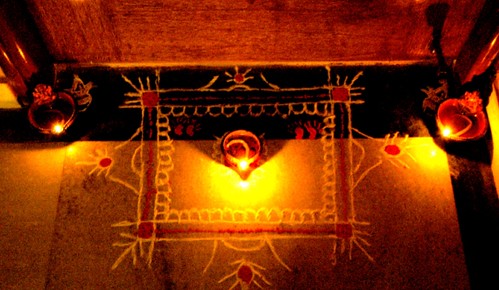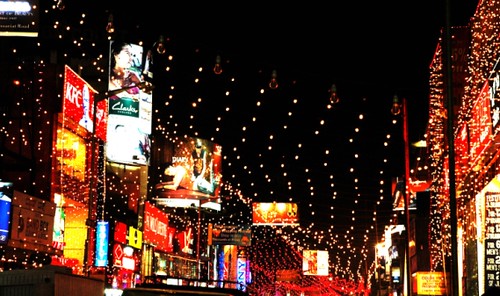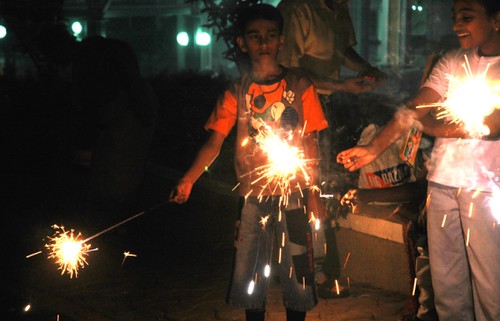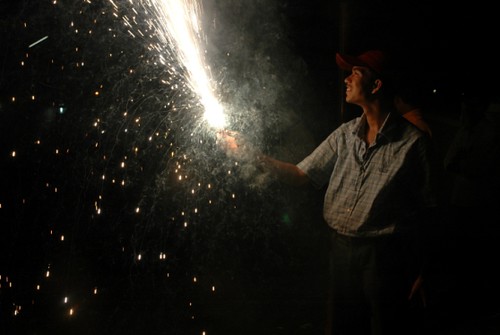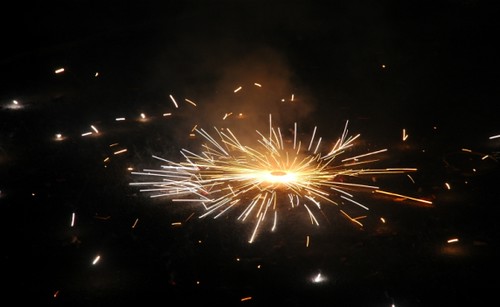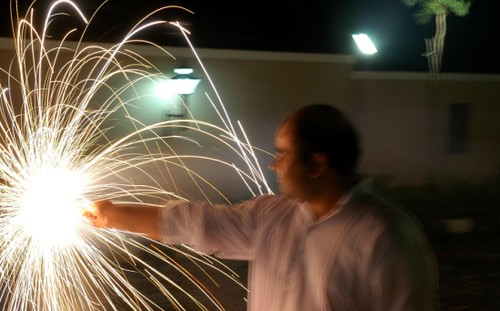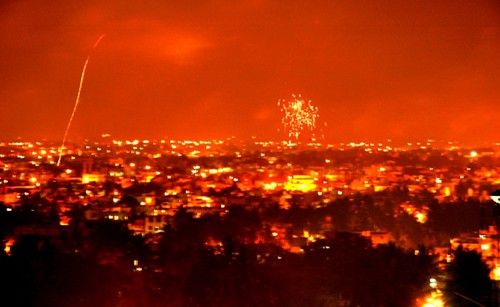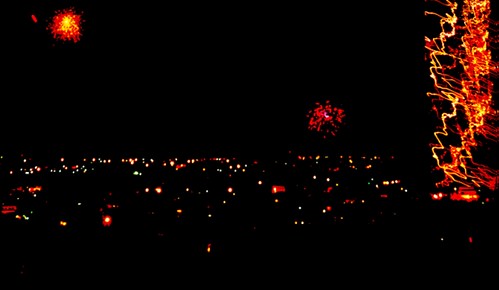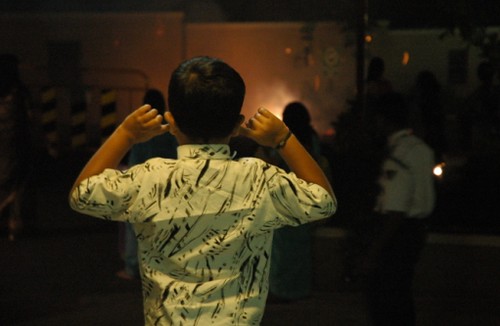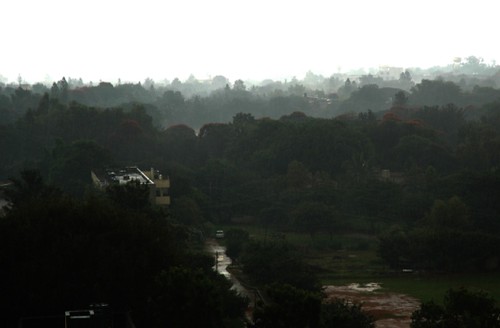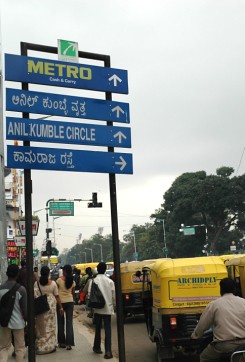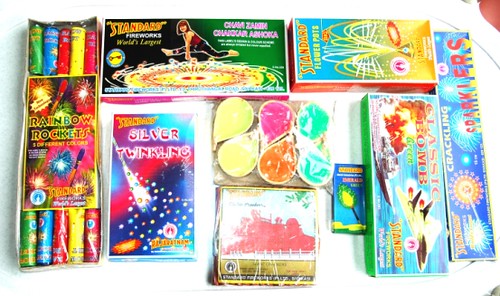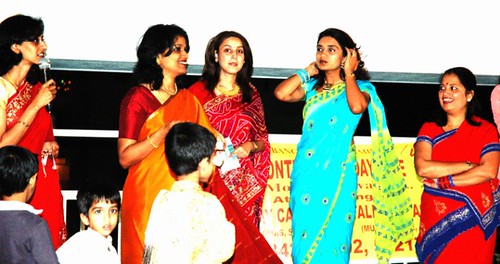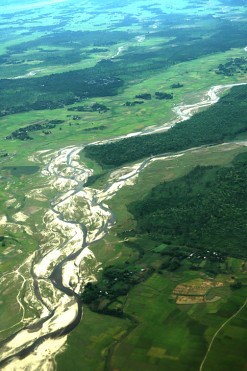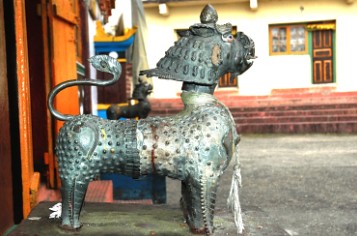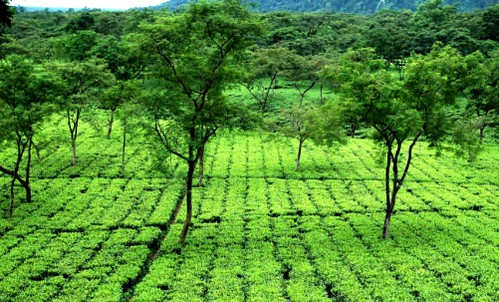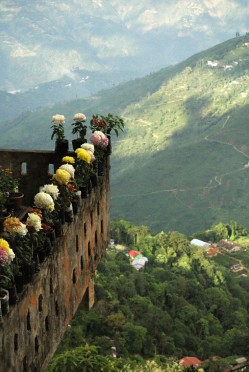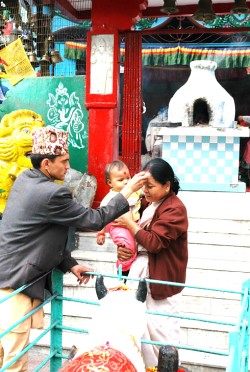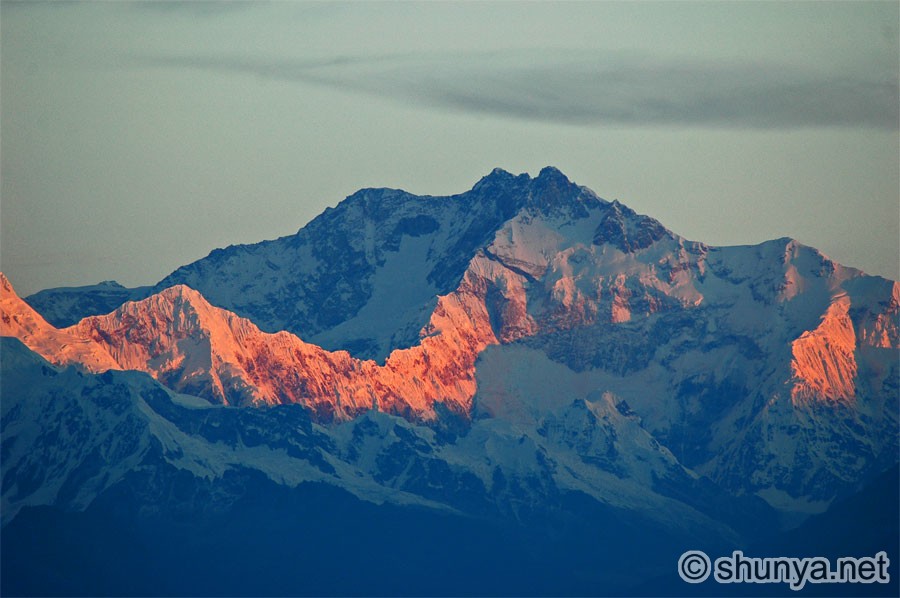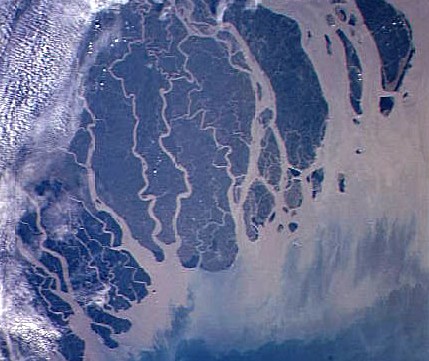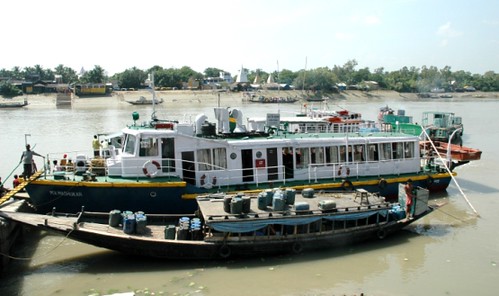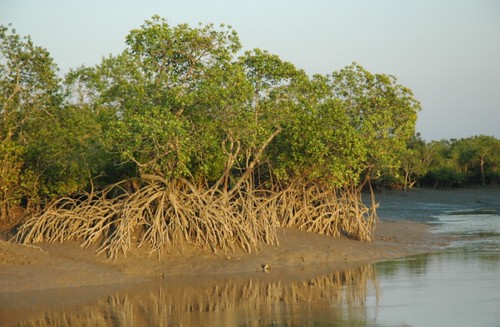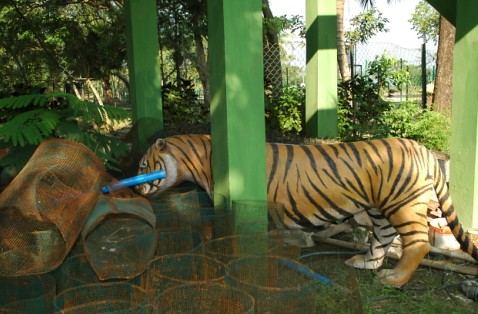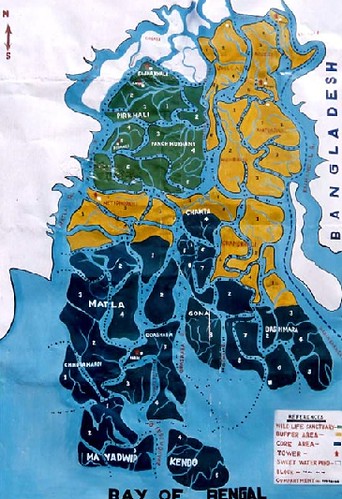
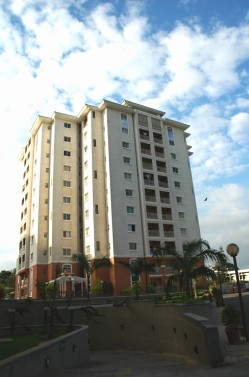

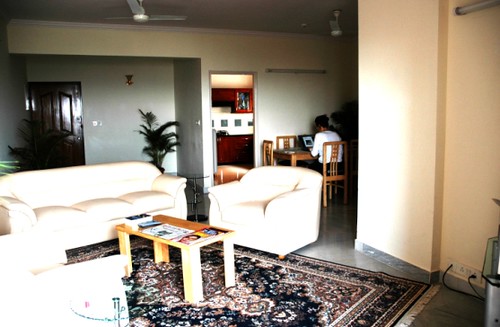
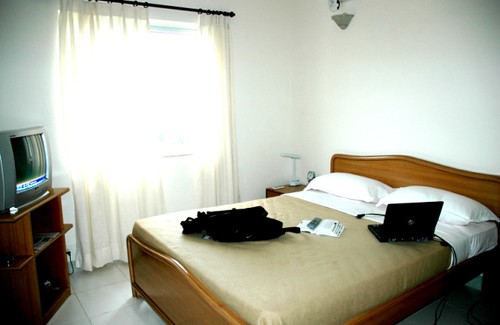
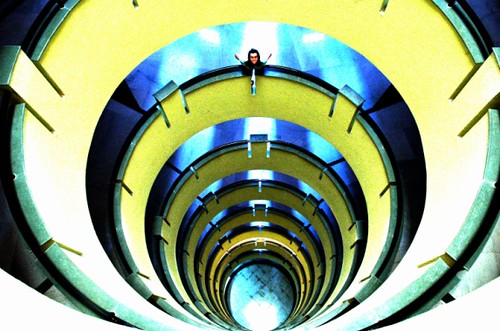

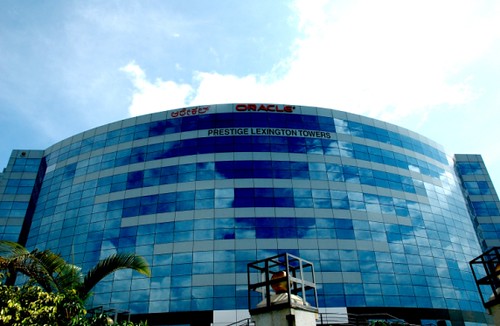
Some pictures of the living arrangements ... life is settling down to two routines -- of US-time-zoned 'work' and India time-zoned 'family'. We are pretty close to the St. Johns Hospital of Koramangala, whose wooded grounds the apartment balcony overlooks.
For those with low tolerance for the ordinary, a Dalrymplesque exoticum -- Bangalore English, culled from a piece contributed to yesterday's Deccan Herald by a reader Dr. Rajeshwar Singh:
I'm new to Bangalore. I am somewhere in Jayanagar suburb, driving on a longish lane (18th main, I discover later). I'm trying to find my way to Surana College. I have been directed by the college authorities to drive up to 'South end Circle', and ask for further directions.
Like any visitor new to a town, I get out of the car and ask for help from an alert, well-dressed person. These are the directions I receive from this well-meaning, well-informed person:
"Go straight… turn left at the firstttt circle …leave three circles, turn right at the fourth circle, and you will hit South end Circle".
Obediently, I drive on and on, till the 18th main is no more; then thinking that I may have been going in the opposite direction, I take a 180-degree turn, and drive on 18th main again, till it ends at a petrol-filling station. Either way, I come across no circle. At the petrol station, I request a motorcycle-rider for help. By coincidence he too is heading towards Surana College, and asks me to follow him.
The missing-multiple-circles' mystery is resolved by the kindly principal of Surana College: he enlightens me that an intersection or a crossing is called a circle in this part of our planet.
Having driven around all the great circles of India - Mumbai's King's Circle, Horniman Circle, Jacob Circle; New Delhi's Connaught Circus, Gol Dakkhana - I try to seek some explanation for this uniquely Bangalorean geometrical perversion.
All that a few apologetic 'experts' have to say is this: "Sir, the fact is that originally every crossing was planned to be a circle, but for reasons of space, the idea was dropped." I smile: having been warned by behavioral psychologists that most half-truths usually begin with "The fact is…"
But thanks to this early encounter with Bangalori Angrezi - that too in the firstttt week of my arrival - I become doubly alert hereafter to Bangalorean distortions and subversions of the English language … before leaving Bangalore, I did start a compilation, ' A Glossary of Bangalori Angrezi' for the benefit of fellow strangers who keep succumbing to the magnetic pull of Bangalore's job-market or its weather or both.
Mains and Crosses
With rare exceptions, most mains are narrow lanes and most crosses are closer to the width of highways in a smaller town.
Don't Bunk a Pump
A petrol-filling station - Petrol Pump in the rest of country - is called Petrol Bunk.
Dead-end
In other cities, when a street leads no further, it's a dead end: in Bangalore, the road merrily continues but its last turn is called a dead end.
Tinkering - the deepest dent in King's English.
After my car has received the usual welcoming kisses from Bangalore's chaotic drivers, I take it to an upmarket workshop to get the dents smoothened. And of course, I ask for an estimate. It reads:
a) Tinkering Rs. 9,000
b) Painting Rs. 3000
Seeing my horrified face, the workshop manager reassures me that he employs the best tinker in town, and that the charges for dent-beating are reasonable.
Droll? Some additional constructs courtesy of VS Babu (vsbabu.org)
If you want to clarify a thought, state it and then ask "No?". eg:
"Today is Monday. No?". If you want to present a thought, state it and then add "only". eg:
"Today is Monday only". If you want to agree to an idea, say
"it is like that only". If you want to agree hesitantly to an idea, it follows from previous rules that you say
"it is like that only, no?". If you know one thing and you think there are additional things, say "and all".
Eg. "This US and all are in Iraq"; implies US, UK and their coalition are fighting in Iraq. You can say "and all" to fill in the gaps too.
If you want to talk about things that are not known to the audience, prefix each sentence with "actually", "basically" or "generally". For example,
"My name is Babu. I am from Kerala. I go there every weekend." translates to
"Actually my name is Babu. Basically I am from Kerala only. Generally I go there every weekend."



































